A beginner’s guide to blockchain APIs
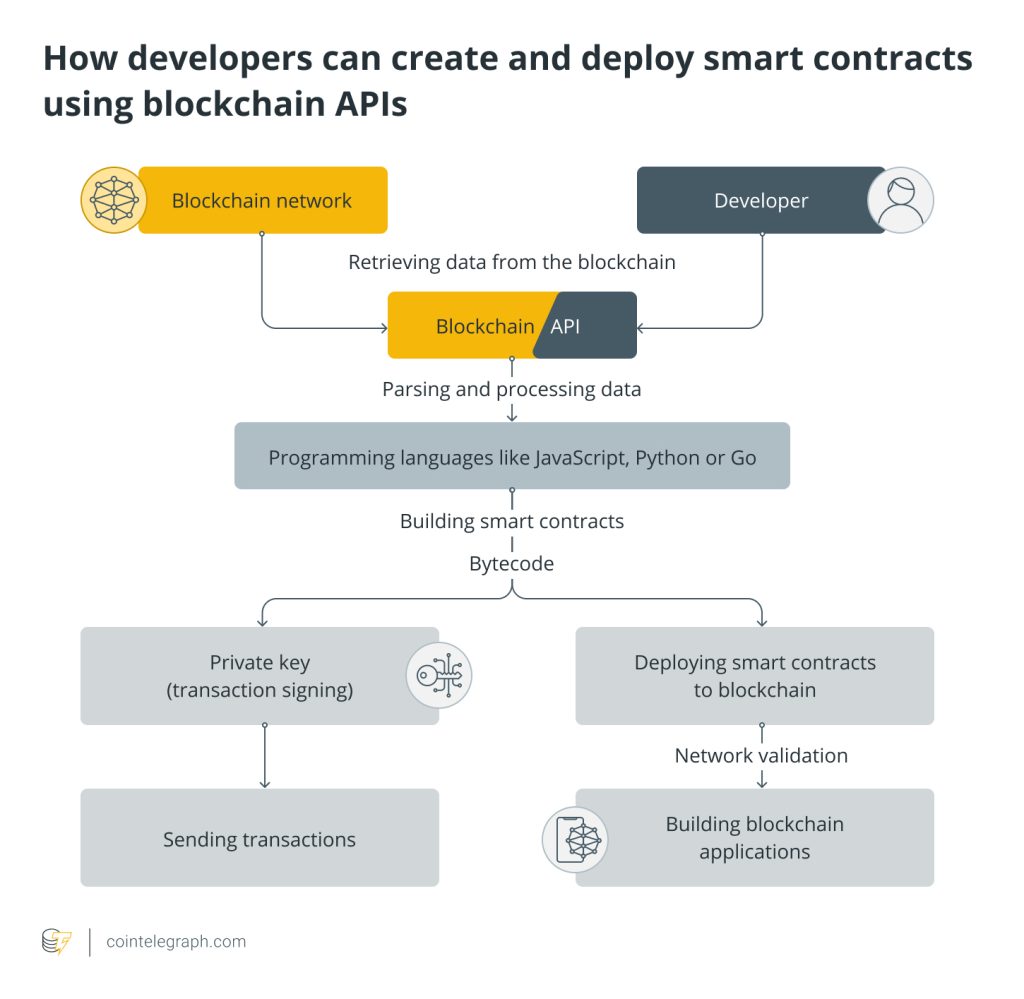

What are blockchain APIs, and why are they important?
Blockchain APIs, or application programming interfaces, are software interfaces that allow developers to interact with a blockchain network. Users can query and manipulate blockchain data, including transactions, smart contracts and other blockchain assets, using the functions and protocols APIs offer.
For instance, APIs can give developers access to the consensus algorithms that are utilized by blockchain networks, enabling them to test and optimize their blockchain applications by understanding how the network comes to a consensus on transactions and blocks. They can evaluate how well their applications work with various consensus techniques by simulating various network situations. This can assist developers in locating possible problems and resolving them before releasing their applications on the blockchain network itself.
Blockchain APIs are crucial because they allow programmers to build decentralized apps (DApps) that communicate with blockchain networks. By granting developers access to blockchain data and functionality, they are empowered to build applications that can execute transactions, store information, and execute smart contracts on the blockchain.
For instance, the Algorand API is a blockchain application programming interface that provides developers with access to the Algorand blockchain. It offers resources and tools to assist developers in creating and deploying DApps while enabling developers to create applications on the Algorand blockchain network.
Similarly, Coinbase API provides developers with access to the Coinbase platform, allowing them to create and manage digital wallets, query transaction data, and buy and sell cryptocurrencies.
Related: How to use Ganache for blockchain project development
How do blockchain APIs work?
Blockchain APIs work by allowing developers to interact with blockchain networks and access their data and functions through a standardized interface. Here are the steps involved in the working of blockchain APIs:
Choose a blockchain network
Developers must select the blockchain network with which they want to communicate. Bitcoin, Hyperledger and Ethereum are among the examples.
Identify the API endpoint
When choosing a blockchain network, developers must decide which API endpoint they will use to communicate with the network. An API endpoint is a URL that a developer can use to access a specific function or service offered by an API. The Ethereum network, for instance, offers a number of API endpoints, including Infura and Alchemy.
Infura offers a dependable and expandable API infrastructure for the Ethereum and IPFS networks, whereas Alchemy provides a similar service for several blockchain networks, including Polygon, Ethereum and BNB Smart Chain. Both services give developers access to a variety of features and services, such as blockchain data querying, smart contract interaction and transaction administration.
Authenticate API access
Developers must use the necessary credentials or tokens to authenticate their access to the API endpoint. As a result, the blockchain network can be accessed safely and legally.
Send API requests
Following authentication, developers can use the API endpoint to send API requests to the blockchain network. Sending transactions to the network, requesting information from the network and carrying out smart contracts are all examples of API queries.
Receive API responses
A blockchain network will reply to an API request by giving data or a confirmation of the activity taken. For instance, asking the Bitcoin network about a wallet’s balance will reveal the wallet’s balance.
The transaction and wallet data on a blockchain network is often public and can be linked back to the user, which can raise privacy concerns. To help protect user data, many blockchain networks have implemented privacy safeguards, including encryption and anonymity.
Developers should also take precautions to guarantee the security and privacy of their users’ data by putting robust authentication and authorization restrictions, data encryption and other security practices into place.
Analyze and utilize API data
After receiving an API response, developers can examine and make use of the data in accordance with their requirements. For instance, the API response developers receive could include information about the current state of the smart contract, such as its balance or the values of its variables. Then, a developer creating a DApp can alter the program’s state using the API response.

This kind of interaction with an API is necessary for building sophisticated apps that make use of external data sources or network resources. It enables programmers to create complex programs that may respond to current events and offer their customers individualized experiences.
Types of blockchain APIs
There are several types of blockchain APIs available, each designed to serve a specific purpose within the blockchain ecosystem. The common types of blockchain APIs are explained in the sub-sections below. However, depending on the blockchain network and use case, there may be other types of APIs available as well.
Node API
Access to a node on a blockchain network is made possible by a node API. Developers can submit transactions to the network and get data from the node, including transactions and blocks. To create decentralized applications and communicate with the blockchain network, node APIs are generally employed.
Smart contract API
Smart contracts are self-executing contracts that have the terms of the contract stated in lines of code. A smart contract API provides access to smart contracts on a blockchain network. It allows developers to create, deploy and execute smart contracts, as well as interact with them. Smart contract APIs are typically used to build DApps that require smart contract functionality, such as decentralized finance (DeFi) applications
Wallet API
With the help of a wallet API, developers can control Bitcoin transactions by having access to a blockchain wallet. It enables users to monitor transaction history, transmit and receive cryptocurrencies, and check wallet balances. Applications that require cryptocurrency payments, including e-commerce platforms, are frequently built using wallet APIs.
Market data API
Real-time market data for cryptocurrencies and other digital assets is accessible through a market data API. It can be used to get market parameters such as trade volumes, trade prices and other metrics. Building applications that need real-time market information, such as trading platforms, often uses market data application programming interfaces.
Identity API
A blockchain network’s identification API offers a mechanism to confirm the users’ identities. It can be applied to numerous blockchain applications to manage digital identities and verify users. Identity APIs are frequently used to create applications, like online voting systems, that demand user authentication and verification.
How are DApps created using blockchain APIs?
DApps are created using blockchain APIs by leveraging the unique properties of blockchain technology, such as decentralization, immutability and transparency, to build applications that can operate in a trustless environment without intermediaries. The steps to create DApps using blockchain APIs are explained below.
Retrieving blockchain data
Retrieving data from the blockchain is the first step in using a blockchain API. This can include information about transactions, blocks, addresses and more. Developers can submit HTTP queries with particular parameters to the endpoint of the blockchain API to get data, and they will receive responses in JSON format.
JSON stands for JavaScript Object Notation. It is a lightweight format for storing and exchanging data between different applications. It is based on a subset of the JavaScript programming language and is easy for both humans and machines to read and write.
Because JSON is a text-based format that web browsers and other applications can easily parse and interpret, it is frequently used for data transmission between a server and a web application.
Parsing and processing data
Once data is retrieved from the blockchain, it needs to be parsed and processed to be useful. Decoding transactional data, confirming digital signatures and other tasks may be involved.
Depending on the documentation for the blockchain API, developers can analyze and process the data using programming languages like JavaScript, Python or Go.
Building smart contracts
Developers can create smart contracts at this stage by utilizing blockchain application programming interfaces and programming languages like Solidity or Vyper. The blockchain API can be used to deploy the smart contract to the blockchain network after it has been created.
In order to do this, a transaction must be created that contains the smart contract’s bytecode as well as any other data necessary for the transaction. Bytecode is a low-level representation of code that can be executed by a computer’s virtual machine, often used in the context of programming languages that compile to bytecode instead of machine code.
A private key that corresponds to a public address on the blockchain network must be used to sign the transaction. The blockchain API can be used to broadcast the transaction to the network once it has been signed.
The network will examine the transaction and, if it is legitimate, will process it before deploying the smart contract to the blockchain. After being launched, the smart contract can run its code on the blockchain network and communicate with other network nodes.
Sending transactions
Transactions can also be sent to the blockchain network using blockchain APIs. This step includes sending cryptocurrency, making changes to smart contracts or carrying out other blockchain operations. The blockchain API allows developers to sign transactions with their private keys, broadcast them to the network, and get confirmation that they were successfully executed.
Creating blockchain applications
Finally, DApps that operate on the blockchain network can be built using blockchain APIs. Blockchain APIs allow programmers to establish smart contracts, retrieve, process and store data on the blockchain, as well as interface with other blockchain network nodes to develop robust and safe applications. This step involves combining the previous steps to create a functional and secure DApp.

Revolutionizing blockchain development with decentralized APIs (dAPIs)
For decentralized applications, it is critical to access the range of services that web APIs offer, from providing asset price data to executing conventional financial transactions. However, intermediary-based interfacing solutions prevalent today are centralized, not secure and expensive. This is where decentralized APIs, or dAPIs, play a key role.
DAPIs use decentralized infrastructure to eliminate the issues mentioned above. By leveraging blockchain technology, dAPIs offer a secure, decentralized way for applications to access data and services without relying on a centralized server. This means that dAPIs are securer, more scalable and more cost-effective than traditional APIs.
However, dAPIs should not be confused with Chainlink as it uses a decentralized network of nodes, called Chainlink nodes, to retrieve data from external sources and feed it into smart contracts. The nodes are incentivized to provide accurate and reliable data through a system of reputation scores and financial incentives.
On the other hand, API3 uses Airnode to build, manage and monetize dAPIs at scale. Airnode is a Web3 middleware and the Web3 oracle solution for the API economy to connect any web API directly to any blockchain application. A decentralized API is a collection of APIs that resemble real-world business services, connected to the blockchain via middleware. These APIs are consolidated into a single oracle service that can be accessed by users on the blockchain. The governance of the dAPI is decentralized, ensuring transparent oversight of the resulting service.
Therefore, while Chainlink is a decentralized oracle service that provides smart contracts with external data, API3 focuses on building decentralized APIs that provide high-quality data feeds directly to dApps without the need for a middleman. This approach enables dApps to access and integrate real-world data in a secure and efficient manner, while also minimizing the risk of data manipulation or tampering.
How to choose the right blockchain API
Choosing the right blockchain API depends on several factors, including the project requirements, the blockchain platform being used, and the API provider’s features and pricing. A few considerations when choosing a blockchain API are listed below:
- Blockchain platform: Choose an API that is appropriate for your chosen blockchain platform. Look for an Ethereum-specific API, for instance, if you are building on Ethereum.
- Data retrieval: Consider the types of data that the API can retrieve and how it can be accessed. Make sure the API can return the data one requires in an accessible way.
- Security: Search for an API that places a high priority on encryption, allows for safe access and has defenses in place against hackers and other online risks.
- Scalability: One should confirm that the API can support their project’s size. Take into account the API’s capacity for requests, response speed and handling large amounts of data.
- Support and documentation: Choose an API with thorough developer support and documentation. Look for tools that can assist one in resolving problems and making the most of the API, such as tutorials, code samples and developer communities.
- Pricing: Lastly, take into account the API’s pricing plan and how it works with your project budget. While some APIs have set subscription costs or transaction fees, others have free tiers or usage-based pricing.
By considering these factors and evaluating different blockchain API providers, developers can choose the right API that fits their project requirements and budget.
Benefits of using blockchain APIs
Using blockchain APIs can provide numerous benefits to developers and businesses that are leveraging blockchain technology. For instance, blockchain application programming interfaces can make dealing with the blockchain much simpler, which makes it straightforward for developers to create blockchain-based apps. A lot of the complexity associated with blockchain technology is abstracted away through APIs, which offer a straightforward and standardized way to communicate with the blockchain.
Blockchain APIs can also give users access to a plethora of data that has been saved on the blockchain. This information can be used to develop new business models, automate procedures and enable trustless transactions. Businesses can learn a lot about their operations and customer behavior by utilizing the data provided by blockchain application programming interfaces.
In addition, blockchain APIs can assist companies and programmers in ensuring the integrity and security of their applications. Systems that are secure and impervious to tampering that can guard against fraud and other types of harmful behavior can be built using the transparency and immutability of the blockchain.
Finally, blockchain APIs can assist companies and developers in keeping abreast of the most recent trends and advancements in the blockchain sector. Businesses may access the most recent research and industry best practices by utilizing the knowledge of blockchain API providers, which will assist them to stay on top of trends and remain competitive.
Challenges of implementing blockchain APIs
Although blockchain APIs have many advantages, implementing them might be difficult. The intricacy of blockchain technology itself, which can be challenging for developers to understand and work with, is one of the major obstacles. Longer development delays and higher expenses may follow from this.
The lack of standardization among various blockchain networks and application programming interfaces is another difficulty. As a result, in order to create applications that can communicate with various blockchain networks, developers may need to become familiar with and proficient with a variety of APIs.
Also, a strong infrastructure is needed for the successful operation of blockchain application programming interfaces, including a secure database, fast internet and dependable servers. Implementing blockchain APIs may become more expensive and challenging as a result of these constraints.
The regulatory environment that surrounds blockchain technology is another difficulty. Blockchain application legality differs greatly between nations and regions, which might lead to ambiguity and impede adoption.
Finally, while using blockchain APIs, data security and privacy are major issues. Sensitive data may be disclosed or compromised since blockchain technology is transparent and decentralized. To ensure that data is transmitted and stored safely and that only authorized parties have access to it, developers must take extra security measures.
Related: How Web3 resolves fundamental problems in Web2
The future of blockchain APIs
The future of blockchain APIs looks promising as more businesses and developers recognize the benefits of blockchain technology. As the use of blockchain continues to grow and evolve, so will the demand for blockchain APIs to support these new use cases.
Integration of blockchain APIs with other cutting-edge technologies, such as the Internet of Things (IoT) and artificial intelligence (AI), represents one possible area for growth. Developers may build robust and secure apps that take advantage of the benefits of both blockchain and IoT/AI by merging both technologies.
The development of cross-chain interoperability protocols, which enable communication between various blockchains, is another area of development. This will open up new options for businesses and developers by fostering greater collaboration and innovation across various blockchain platforms.
Band Protocol is a platform that aggregates and connects real-world data and APIs to smart contracts across different blockchain networks. Similarly, ChainAPI's integration platform enables API providers to make their APIs compatible with blockchain technology. These developments signify the beginning of an exciting and transformative era for both blockchain and API ecosystems.
One may anticipate seeing more standardization in the creation and application of blockchain protocols as the demand for blockchain APIs increases. Businesses will find it simpler to embrace blockchain technology as a result, and various blockchain platforms will become more interoperable.
Finally, one can anticipate that the development of blockchain application programming interfaces will place a greater emphasis on privacy and security. Blockchain APIs must offer strong security features to secure sensitive data and stop unwanted access as data breaches and cyberattacks increase in frequency and sophistication.


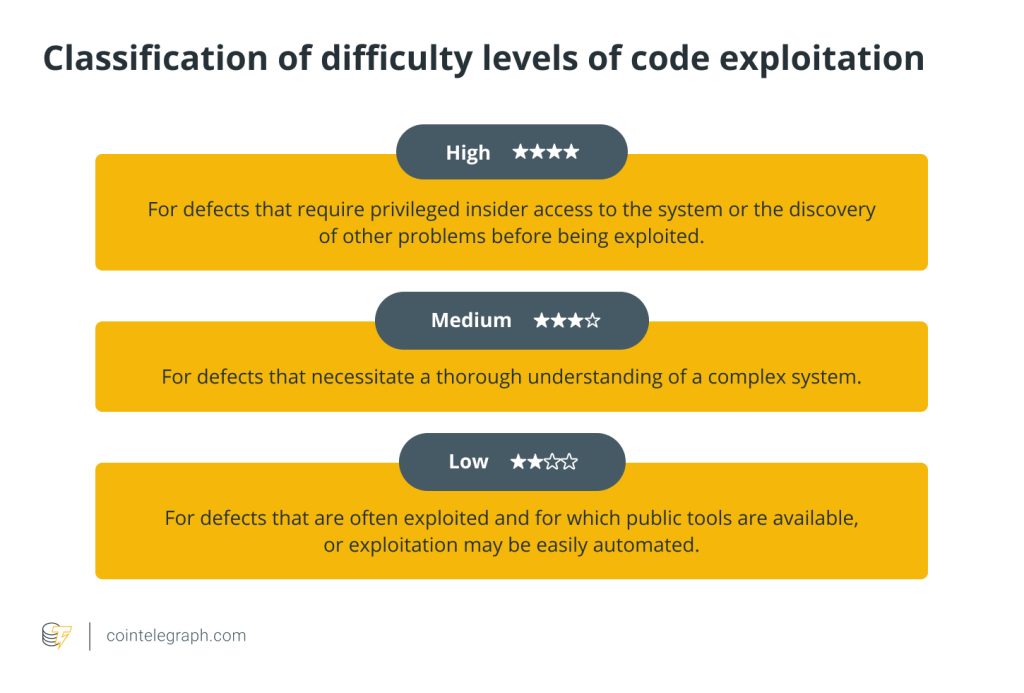
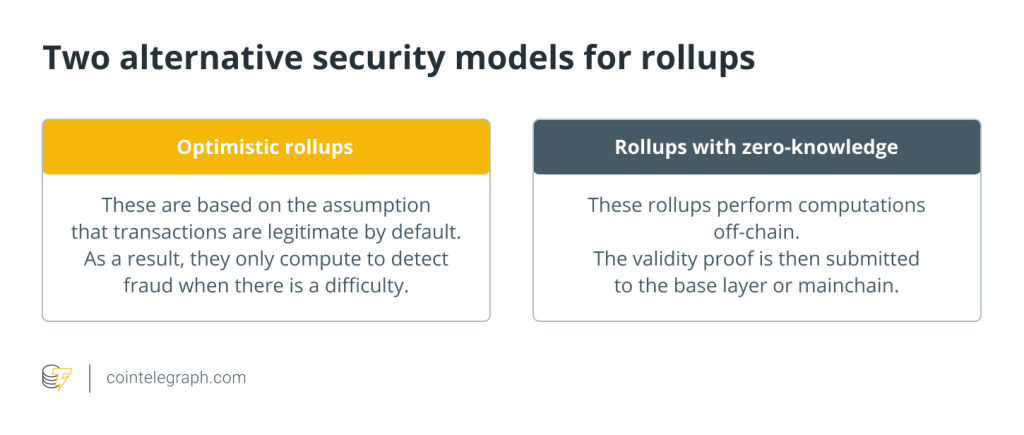
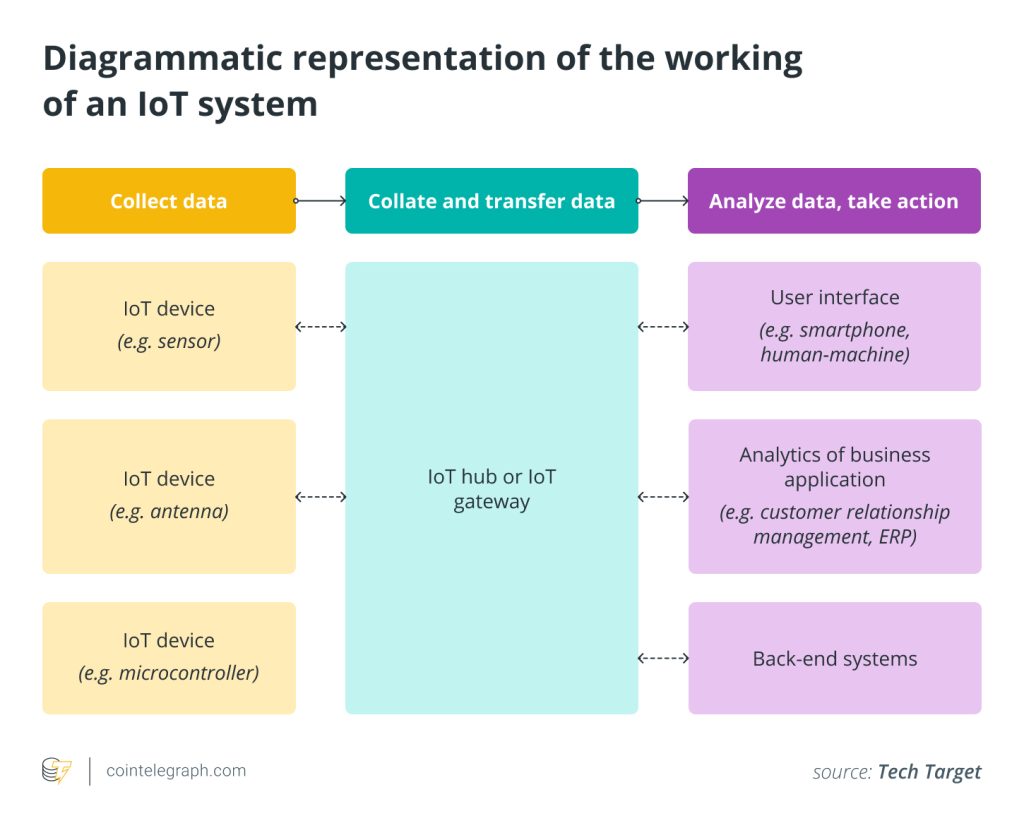
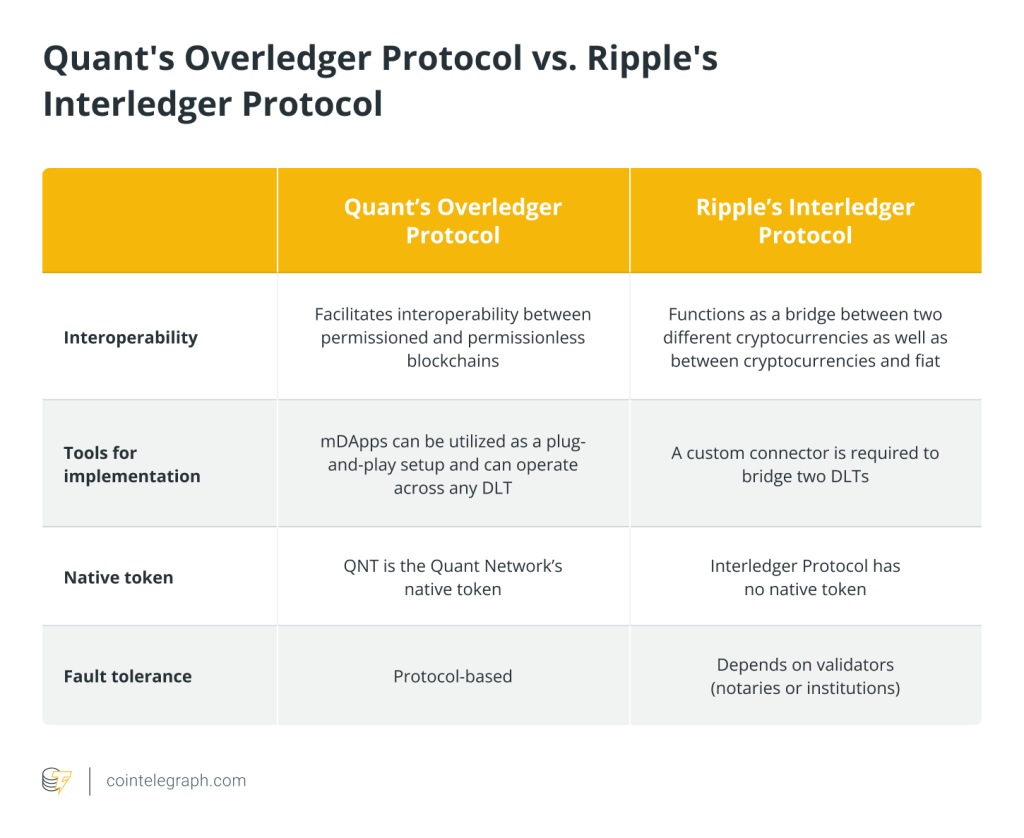
… [Trackback]
[…] Info to that Topic: x.superex.com/academys/beginner/3316/ […]
… [Trackback]
[…] Read More on on that Topic: x.superex.com/academys/beginner/3316/ […]
… [Trackback]
[…] Read More Information here on that Topic: x.superex.com/academys/beginner/3316/ […]
… [Trackback]
[…] Find More on that Topic: x.superex.com/academys/beginner/3316/ […]
… [Trackback]
[…] Read More Info here on that Topic: x.superex.com/academys/beginner/3316/ […]
… [Trackback]
[…] Read More Info here on that Topic: x.superex.com/academys/beginner/3316/ […]
… [Trackback]
[…] Find More here on that Topic: x.superex.com/academys/beginner/3316/ […]
… [Trackback]
[…] There you can find 39266 additional Information to that Topic: x.superex.com/academys/beginner/3316/ […]
… [Trackback]
[…] Here you can find 61430 more Info to that Topic: x.superex.com/academys/beginner/3316/ […]
… [Trackback]
[…] Find More on to that Topic: x.superex.com/academys/beginner/3316/ […]
… [Trackback]
[…] Read More on on that Topic: x.superex.com/academys/beginner/3316/ […]
… [Trackback]
[…] Information on that Topic: x.superex.com/academys/beginner/3316/ […]
… [Trackback]
[…] Find More Information here to that Topic: x.superex.com/academys/beginner/3316/ […]
… [Trackback]
[…] There you will find 67161 additional Information to that Topic: x.superex.com/academys/beginner/3316/ […]
… [Trackback]
[…] Read More Information here on that Topic: x.superex.com/academys/beginner/3316/ […]
… [Trackback]
[…] Find More Information here to that Topic: x.superex.com/academys/beginner/3316/ […]
… [Trackback]
[…] Read More Information here on that Topic: x.superex.com/academys/beginner/3316/ […]
… [Trackback]
[…] There you can find 29416 additional Information on that Topic: x.superex.com/academys/beginner/3316/ […]
… [Trackback]
[…] Read More Info here to that Topic: x.superex.com/academys/beginner/3316/ […]
… [Trackback]
[…] Find More on that Topic: x.superex.com/academys/beginner/3316/ […]
… [Trackback]
[…] Here you can find 99777 more Information on that Topic: x.superex.com/academys/beginner/3316/ […]
… [Trackback]
[…] Here you can find 36078 additional Information to that Topic: x.superex.com/academys/beginner/3316/ […]